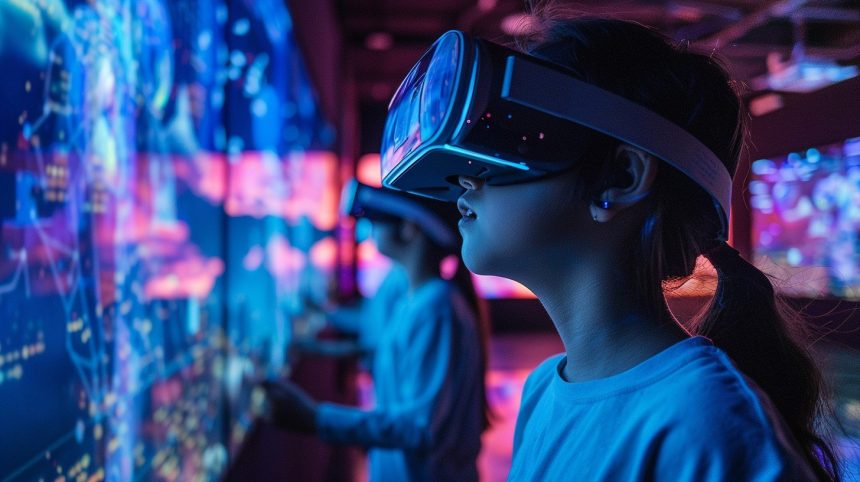A New Kind of Stage
The thrill of live music has always been about more than sound — it’s about the atmosphere, the energy of the crowd, and the feeling of being part of something bigger. But in the digital age, concerts are finding a new stage: virtual reality. VR concerts promise front-row access without leaving home, but can they really compete with the magic of live shows?
How VR Concerts Work
With a VR headset, fans can step into a virtual venue, from an intimate club to a massive stadium. They can move around the digital space, watch the performance from different angles, and even interact with other avatars in the crowd. Some platforms allow artists to perform live in motion-capture suits, while others blend pre-recorded visuals with real-time effects for a more cinematic experience.
Why Fans Are Tuning In
The appeal is obvious: no travel, no lines, no pricey tickets. VR concerts give fans access to performances they might never attend otherwise — whether due to geography, cost, or sold-out venues. For people with disabilities or those who prefer smaller crowds, virtual shows also create a safer, more inclusive space to enjoy music.
The Artist’s Perspective
For musicians, VR concerts open new creative possibilities. They can design stages that defy physics, incorporate visual effects impossible in real life, or perform in fantastical locations — from floating islands to outer space. It also offers artists new revenue streams, with ticket sales, merchandise, and even VIP digital meet-and-greets in the mix.
The Limits of Virtual Shows
Still, skeptics argue that nothing can replace the sensory overload of a real concert — the vibration of the bass in your chest, the sweat of the crowd, the communal singing. VR concerts, while immersive, can feel solitary and lack the unpredictability that makes live shows unforgettable. Technical barriers, like expensive headsets and stable internet, also limit accessibility.
Blending Virtual and Real
Rather than replacing live music, VR may become a complement. Hybrid concerts — where fans attend in person while others join in virtually — are already gaining traction. This blended approach expands the audience while keeping the heart of live performance alive.
The Road Ahead
As VR technology improves, concerts could become more interactive, with fans shaping setlists, customizing visuals, or even jumping “on stage” alongside artists. Whether they remain a niche experience or become a mainstream alternative depends on how seamlessly technology can recreate — or reinvent — the emotional highs of live music.
Final Note
VR concerts might never fully replace the feeling of standing shoulder-to-shoulder in a stadium, but they’re carving out a new corner of music culture. For some, they’re a practical solution; for others, a creative frontier. One thing is clear: the future of live music will be more virtual, more global, and more imaginative than ever before.











